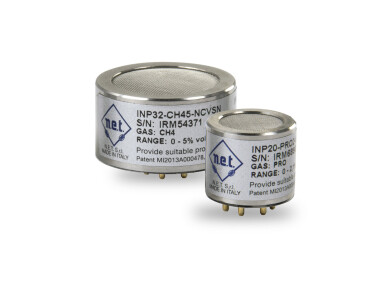-
 Above-estimate levels of alkanes have been found following gas detection in the Gulf of Mexico
Above-estimate levels of alkanes have been found following gas detection in the Gulf of Mexico
Safety
Gas detection indicates substantial presence in Gulf of Mexico
Feb 14 2011
While the findings have just been published by the University of Georgia, they relate to conditions based on a data set from May and June 2010 - just one month after the rig sank.
Their calculated results, based on gas detection conducted in 70 different locations throughout the area around the rig, are a third higher than those compiled by the government, according to co-author Ian McDonald.
Although there is substantial uncertainty involved, the released gas expressed in terms of barrels of oil equivalent could be anywhere from 1.6 million to 3.1 million barrels.
Lead author Professor Samantha Joye says: "We're not talking about extensive hypoxic areas."
But she adds that microbial oxidation of released methane "will remove oxygen from the system for quite a while".
Digital Edition
PIN 25.6 Buyers' Guide
January 2025
Buyers' Guide Directory - Product Listings by Category - Suppliers Listings (A-Z) Articles Analytical Instrumentation - ASTM D7042: The Quantum Leap in Viscosity Testing Technology -...
View all digital editions
Events
Jan 20 2025 San Diego, CA, USA
Jan 22 2025 Tokyo, Japan
Jan 25 2025 San Diego, CA, USA
SPE Hydraulic Fracturing Technology Conference and Exhibition
Feb 04 2025 The Woodlands, TX, USA
Feb 05 2025 Guangzhou, China


















